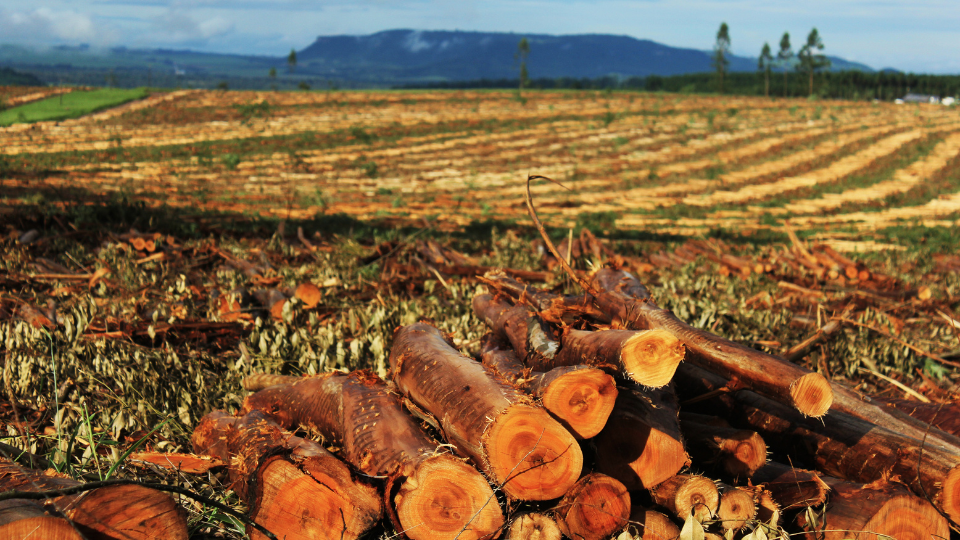The increase in raw material costs is a classic trigger for cost-push inflation. This type of inflation occurs when the prices of key inputs in the production of goods and services rise, leading to an overall increase in the cost of producing goods and services across the economy. Here’s a step-by-step explanation of how an increase in raw material costs leads to cost-push inflation:
Step 1: Increase in Raw Material Costs
Raw materials are the fundamental ingredients used in the production of goods. These can include commodities like oil, metals, and agricultural products. When the prices of these raw materials increase due to various factors such as supply shortages, higher demand, or external shocks (like geopolitical events or natural disasters), the initial costs for producers who rely on these materials go up.
Step 2: Rising Production Costs
As the cost of raw materials rises, it becomes more expensive for companies to produce their products. This is because the input costs make up a significant portion of the total production expenses. For example, if a car manufacturer experiences a rise in the cost of steel, the cost to produce each car increases.
Step 3: Adjustment in Product Pricing
To maintain profitability, businesses typically pass these increased costs on to consumers in the form of higher prices. This is often a necessary step for businesses to avoid losses when their input costs rise. For instance, if the cost of wheat increases, bakeries will likely raise the prices of bread and other baked goods.
Step 4: Broad Impact on Prices
As more companies across different sectors experience rises in raw material costs and adjust their prices upwards to compensate, this leads to a broader increase in prices across the market. This widespread increase in prices is what characterizes inflation.
Step 5: Cumulative Effect
Once prices begin to rise in response to higher raw material costs, a cumulative effect can take hold. Other businesses that purchase these more expensive goods as inputs for their own products might also raise their prices. Furthermore, workers might demand higher wages to cope with the increased cost of living, adding to the inflationary pressures.

Real-World Example
A real-world example can be seen in the oil industry. Oil is a critical raw material used not just for fuel but also for making plastics and other chemical products. When oil prices increase sharply, it not only affects gasoline prices but also a wide array of products that depend on oil-based materials. This leads to higher costs for goods ranging from automotive parts to packaging materials, eventually causing an overall increase in consumer prices.
Conclusion
The rise in raw material costs is a significant driver of cost-push inflation because it directly increases the cost of goods and services. This kind of inflation can be particularly challenging to manage because it stems from the supply side of the economy, where factors such as natural resource availability and international trade dynamics play a role. Policymakers often have to implement measures that can help mitigate the impact of rising costs, such as fostering competition, increasing efficiency, or subsidizing costs for critical materials.

